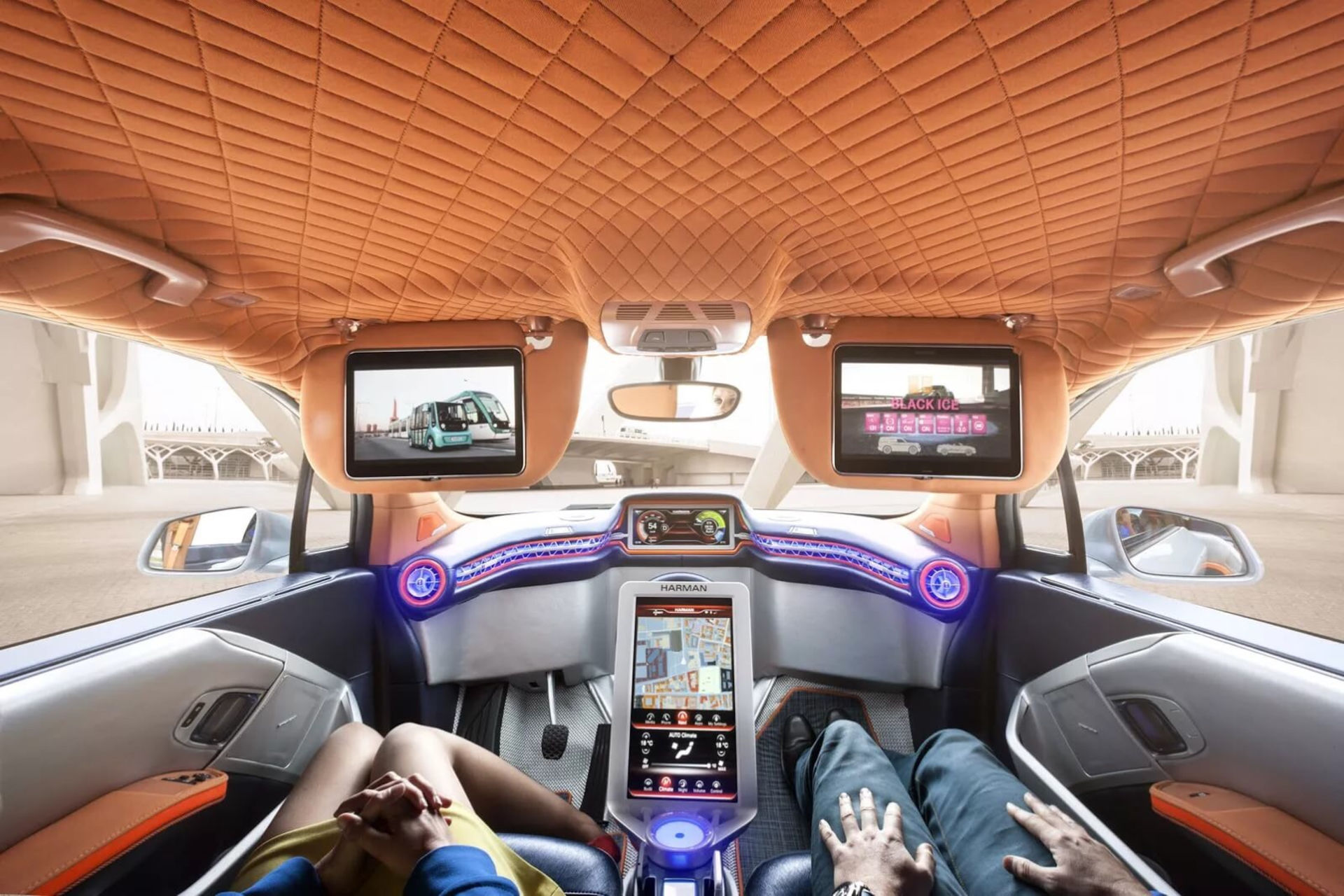According to a survey conducted in the United States, the majority of citizens do not trust unmanned vehicles. Among a large number of respondents, 42% said they would never use a fully autonomous car, while the other 56% said they would only agree to use it if they were completely sure that it was safe.
Such distrust is easy to explain: self-driving cars have not yet become widespread, and people have not yet become accustomed to this convenient transport. According to statistics, 90% of car accidents are caused by driver error. Autopilot can help avoid such situations.
How do Self-Driving Cars Move?
The autonomous movement of a car is provided by cameras, sensors, and special software. Sensors receive information about the surrounding area, the car’s computer analyzes it and uses this data to plot a route and perform other actions.
The list of the main tools that ensure the movement of an unmanned vehicle includes:
- LiDAR. It is a laser ranging technology that is located on the roof of a car and is used to determine the distance to surrounding objects. The computer uses this data to create a three-dimensional map within a radius of 100 meters and then constantly compares it with Google maps. This helps to avoid accidents.
- Radar. The sensors are placed on the front and rear of the car. They use radio waves to determine the distances to objects, their speed, and the trajectory of their movement.
- GPS receiver. It determines the coordinates of the car and tracks its route.
- Camera. There are usually several of them. Cameras monitor traffic signals and detect objects that are dangerously close to the car.
Besides, self-driving cars contain a control computer, steering and drive controllers, a communication system, and sensor modules. All systems are focused on accident prevention and immediate response to any non-standard situations.

Advantages of Self-Driving Cars
It is important to exclude all possibilities of the situation developing according to a non-standard scenario in order to ensure the 100% safety of self-driving cars. Using autopilot has many advantages over manual driving, the main ones include:
- Cars do not get distracted. Drivers can cause dangerous situations on the road by shifting their attention to something else, such as their phone or the landscape outside the window. Self-driving cars have no blind spots or focus, so they are constantly analyzing their surroundings.
- Reaction time. Electronic systems react to danger much faster than humans, and therefore have more time to avoid it. It will take a split second for the autopilot to calculate the best solution to a certain situation and start acting.
- The ability to learn. While people are dependent on their habits and personal experience, unmanned systems are constantly improving. Google and other developers use a common database to which all self-driving cars are connected. The database contains almost all possible scenarios of behavior on the road that can happen in real life, from the most common to the almost impossible. Artificial intelligence is constantly getting better at recognizing objects.
Cars become even safer when they are networked using a high-speed connection and can exchange information. Data exchange can help autopilots plot the safest routes or get to the destination faster by avoiding traffic jams.
According to experts, road safety largely depends on the driving culture characteristic of a particular region or city. There are incomparably more dangerous situations and violations in those places where people are used to driving aggressively. A large number of self-driving cars that do not violate the rules can help solve the problem, change the driving culture, and create a more comfortable urban environment.
